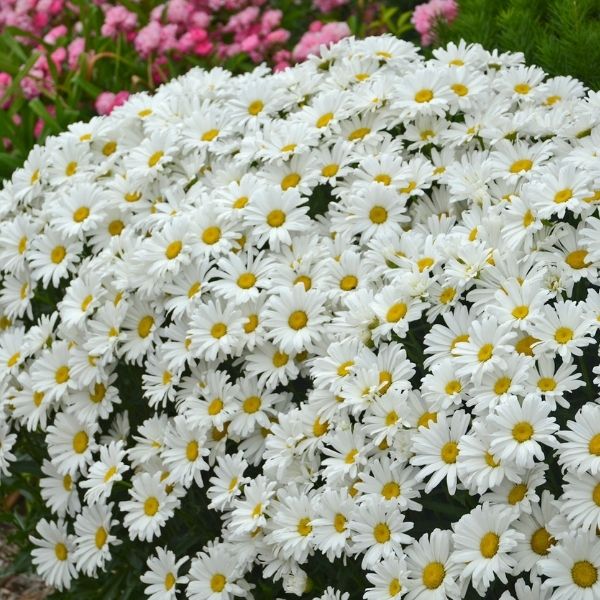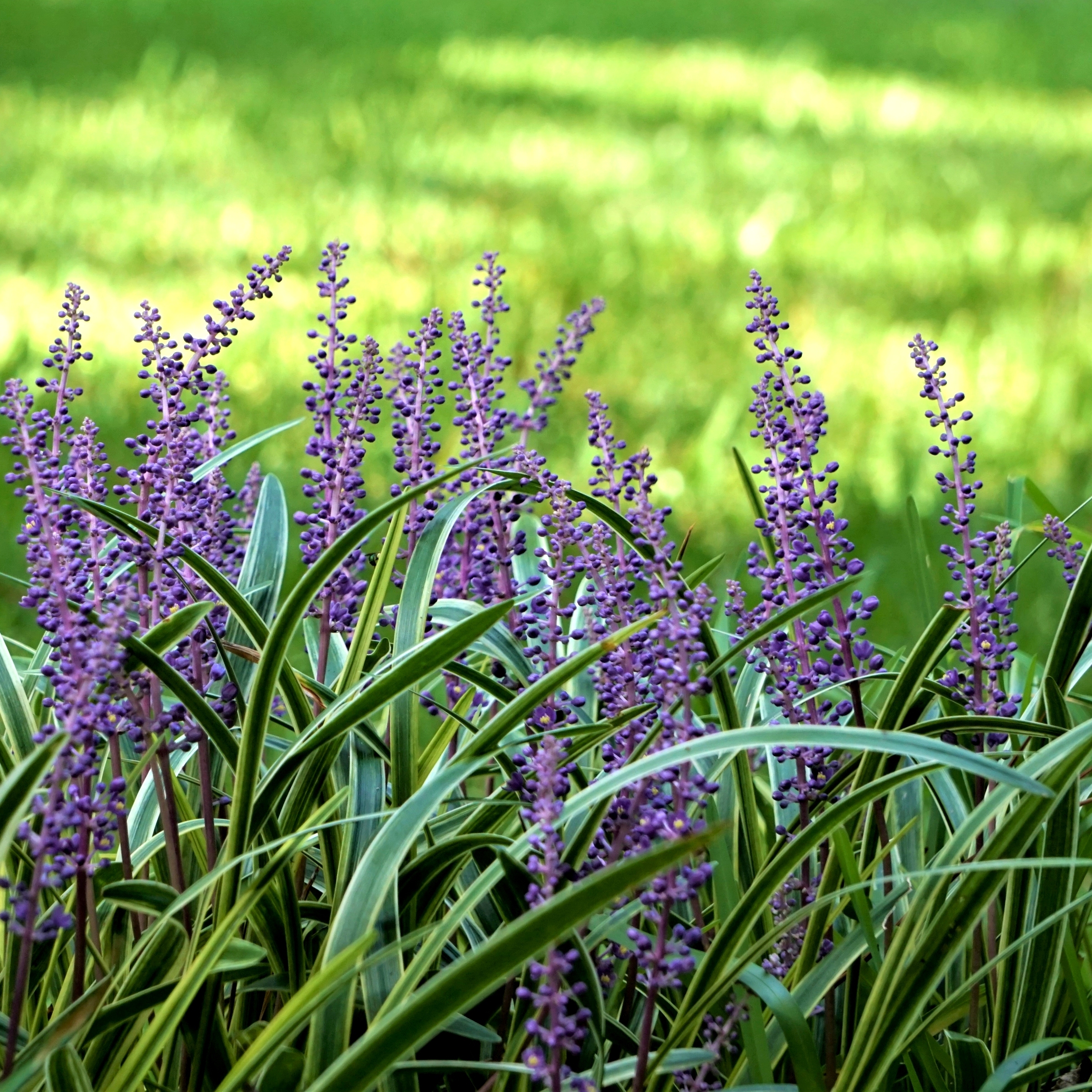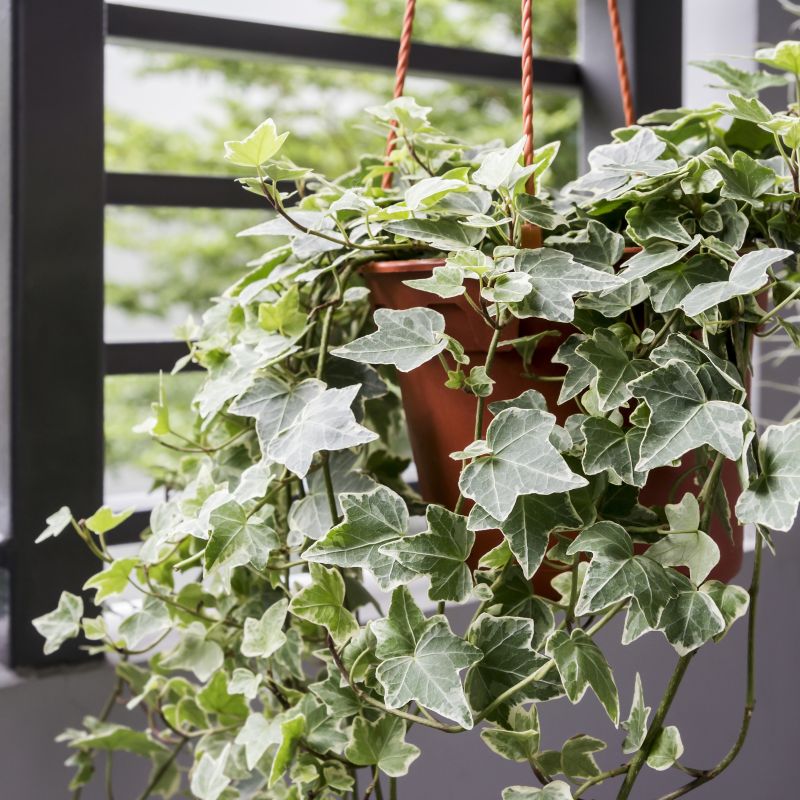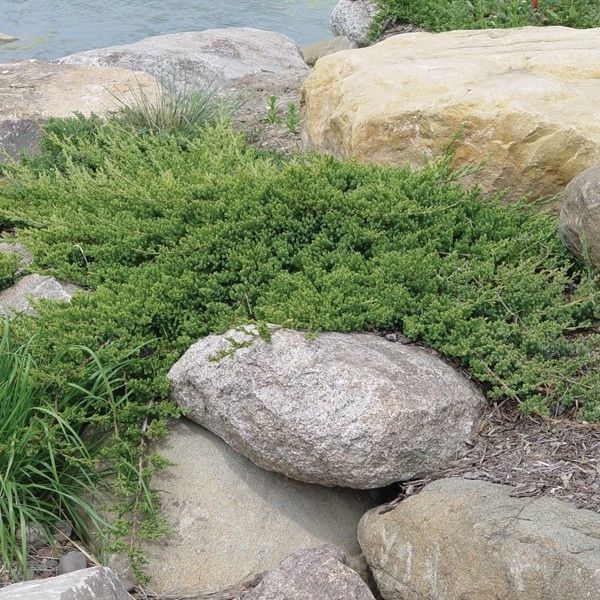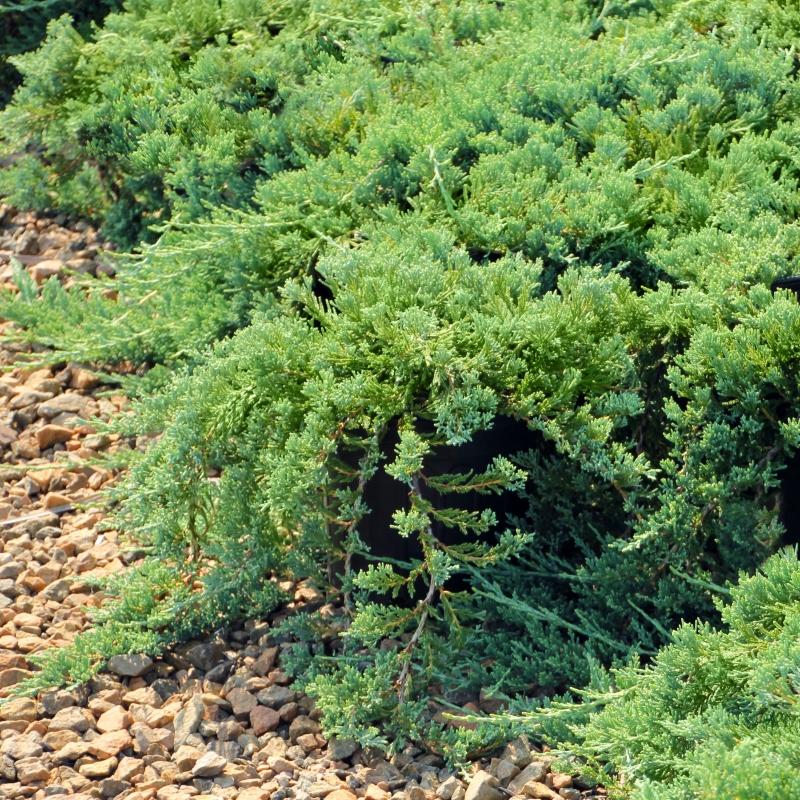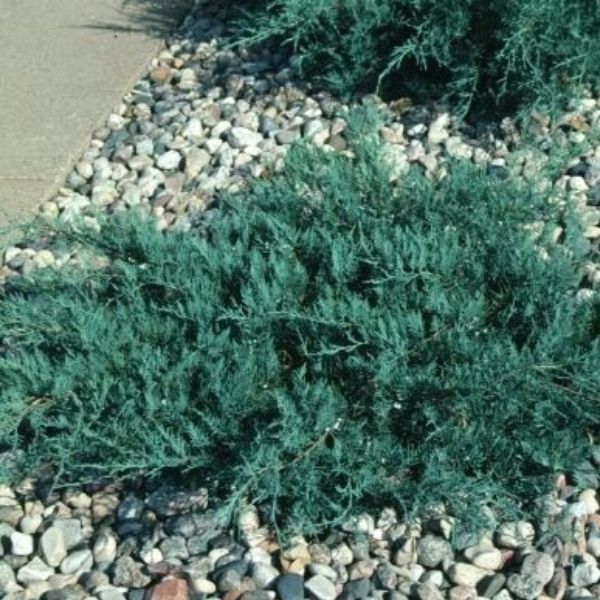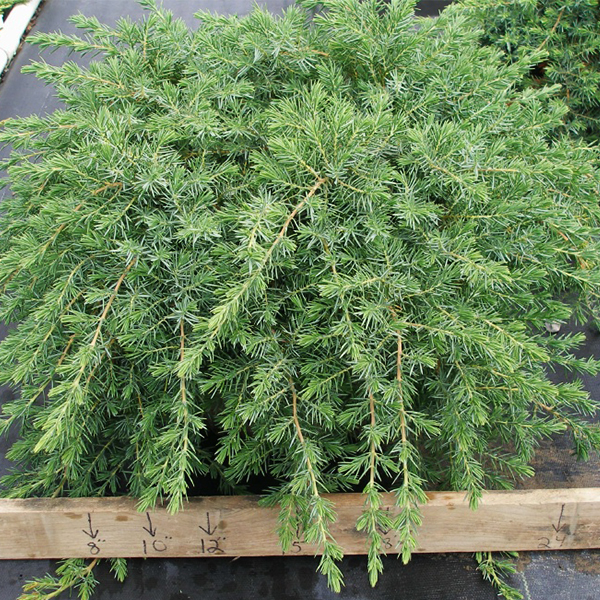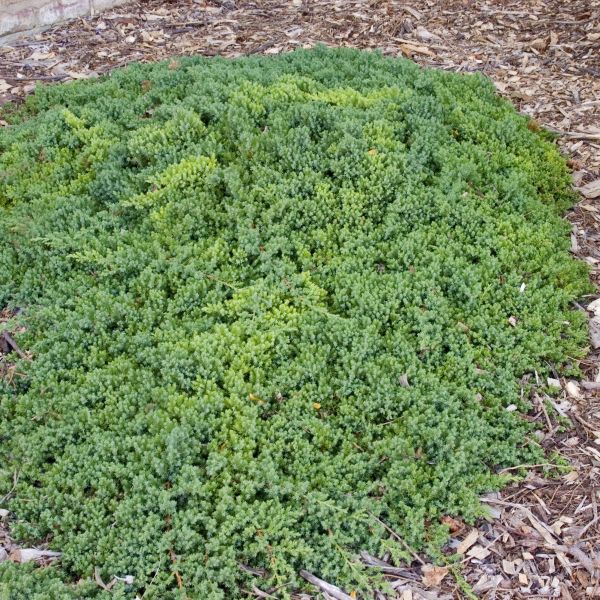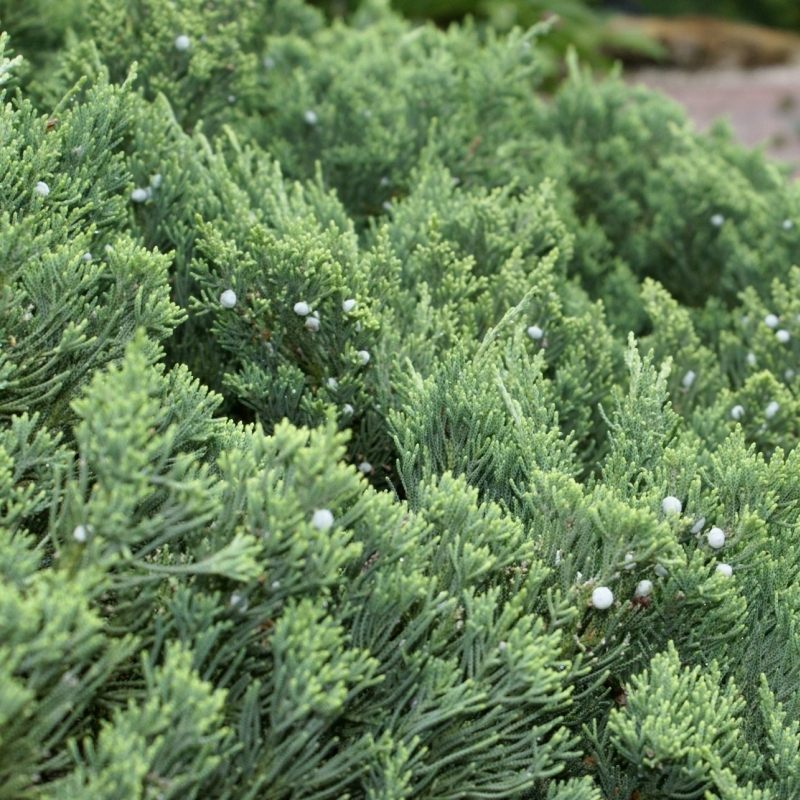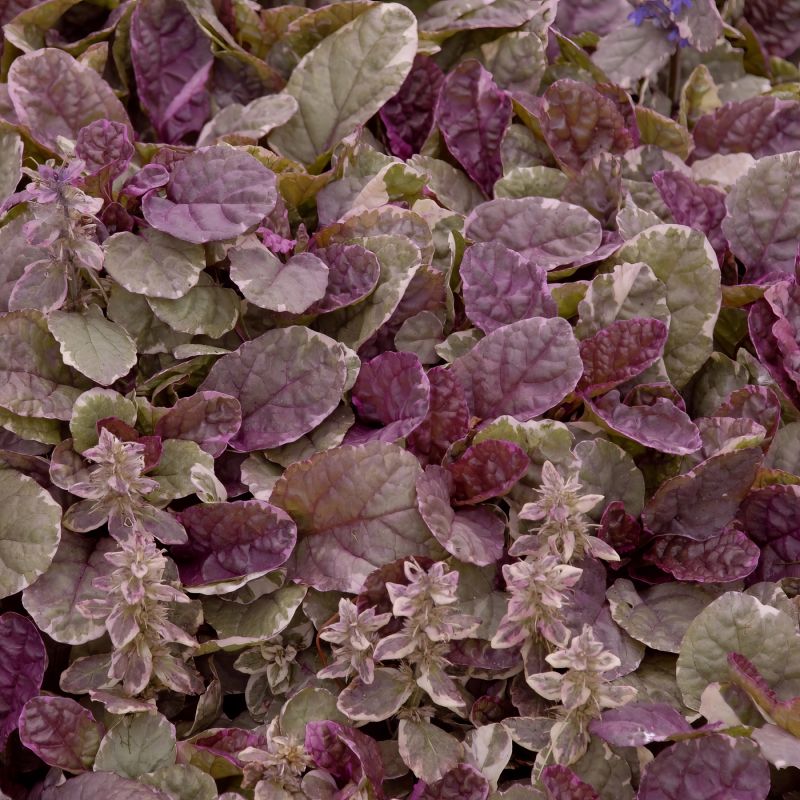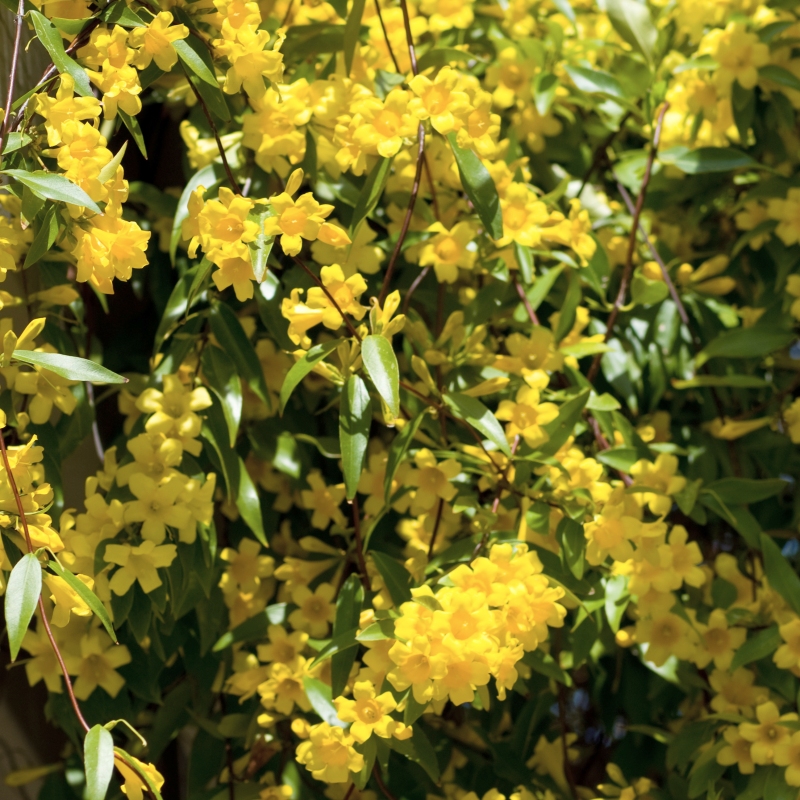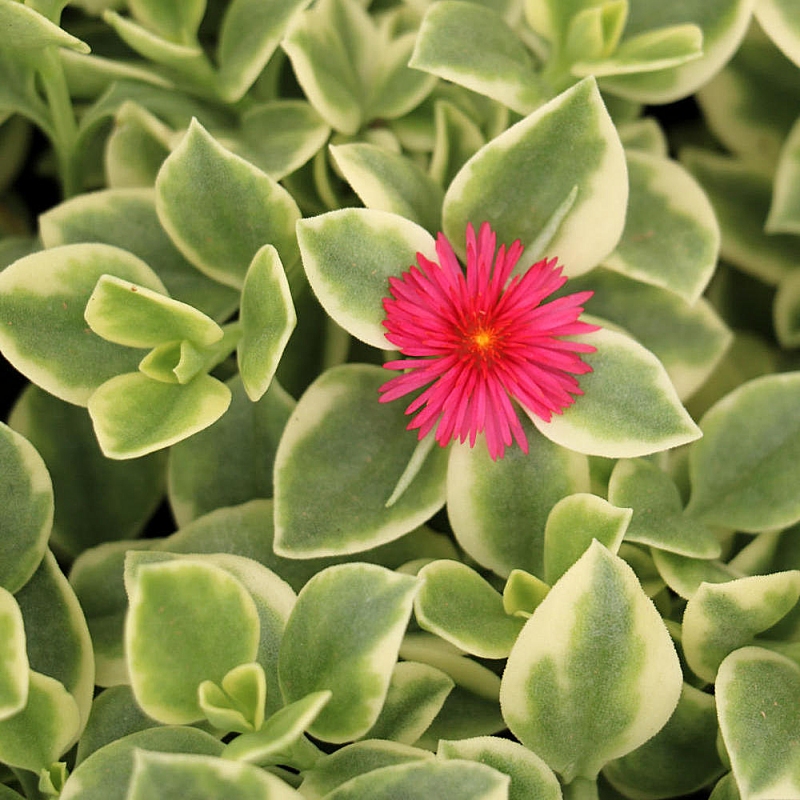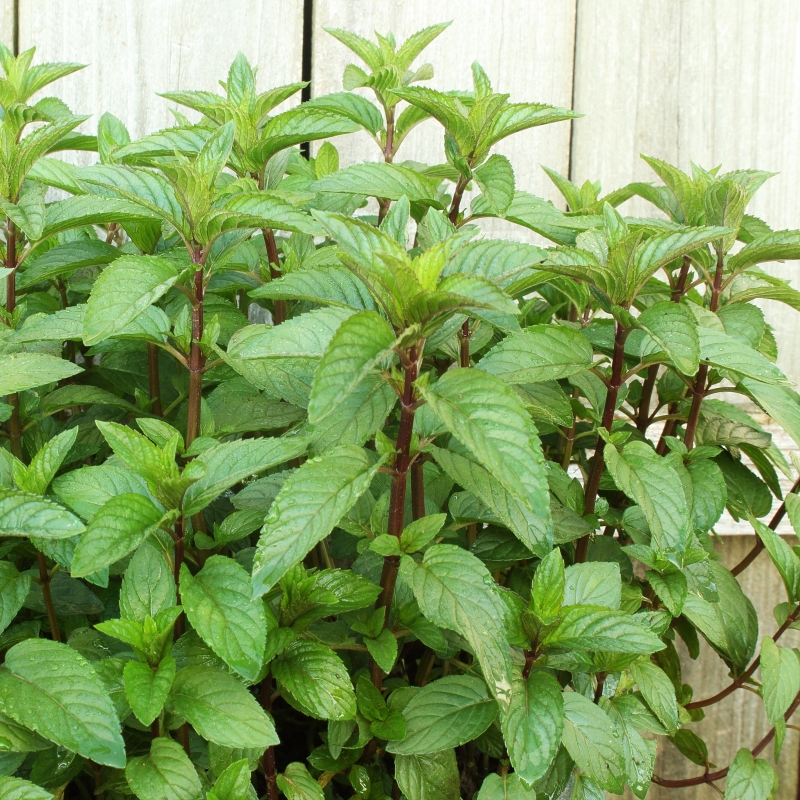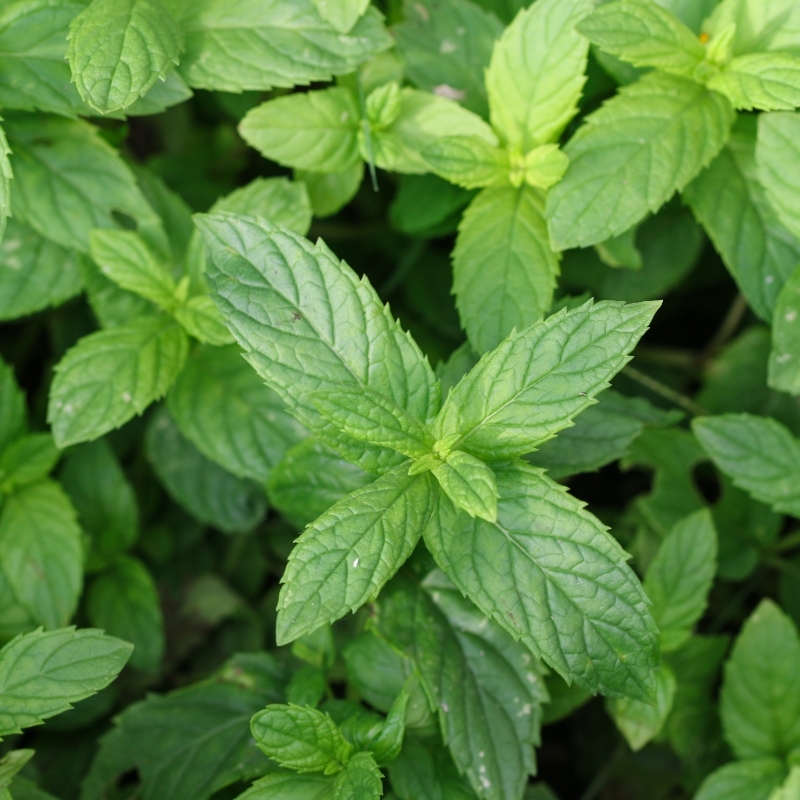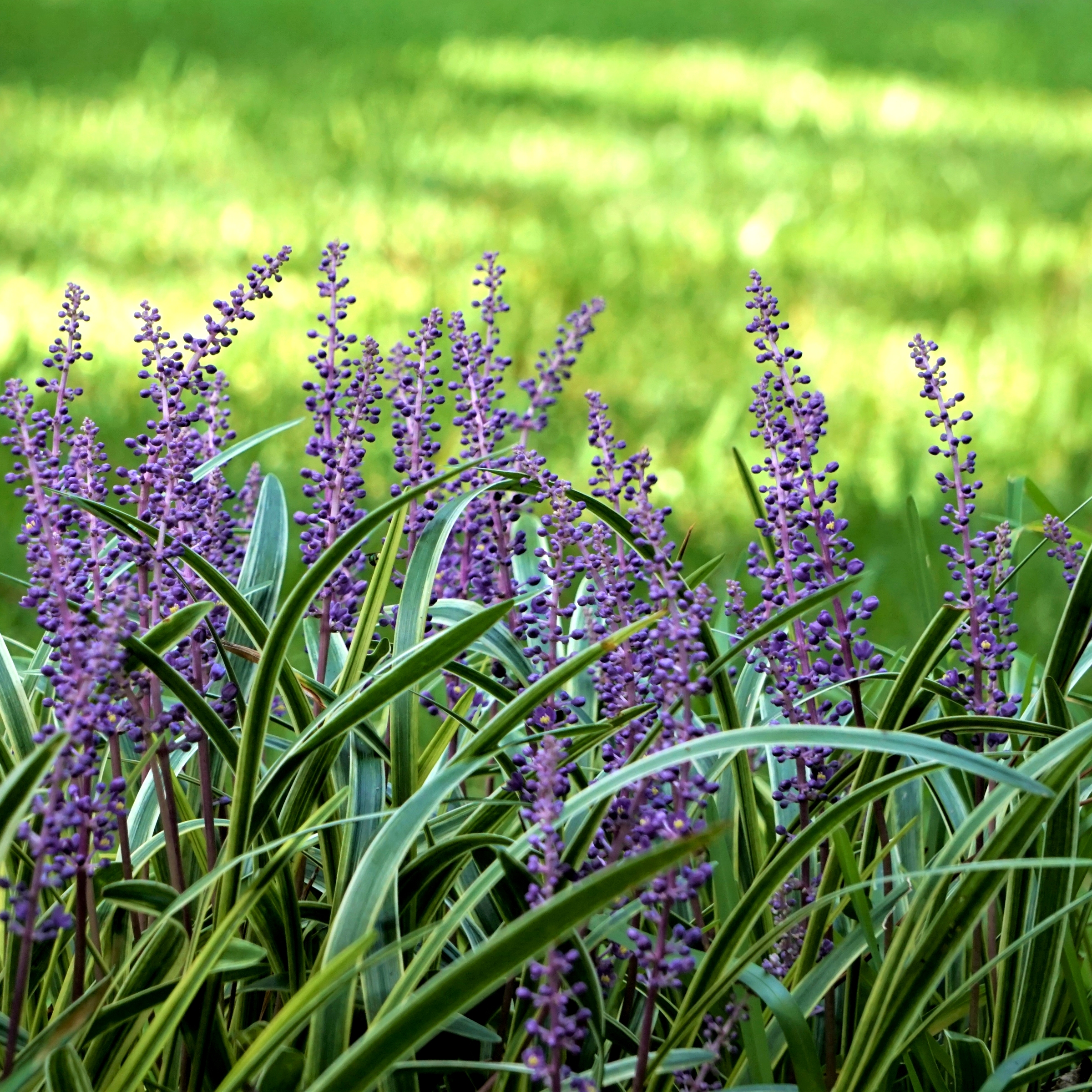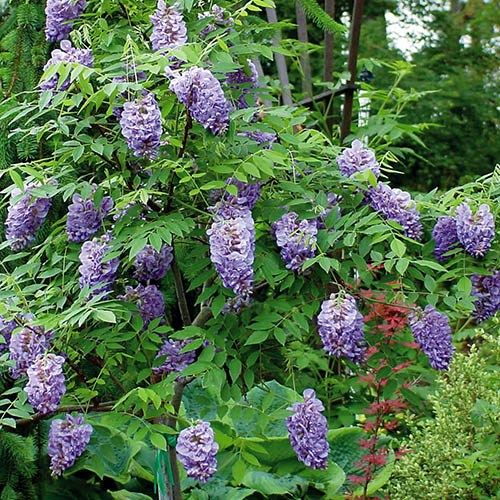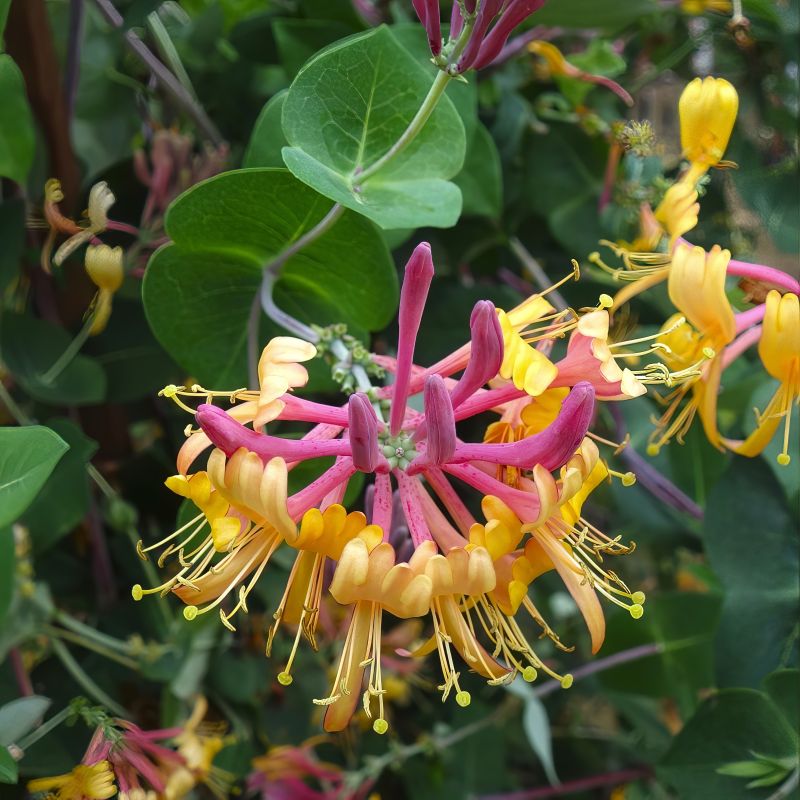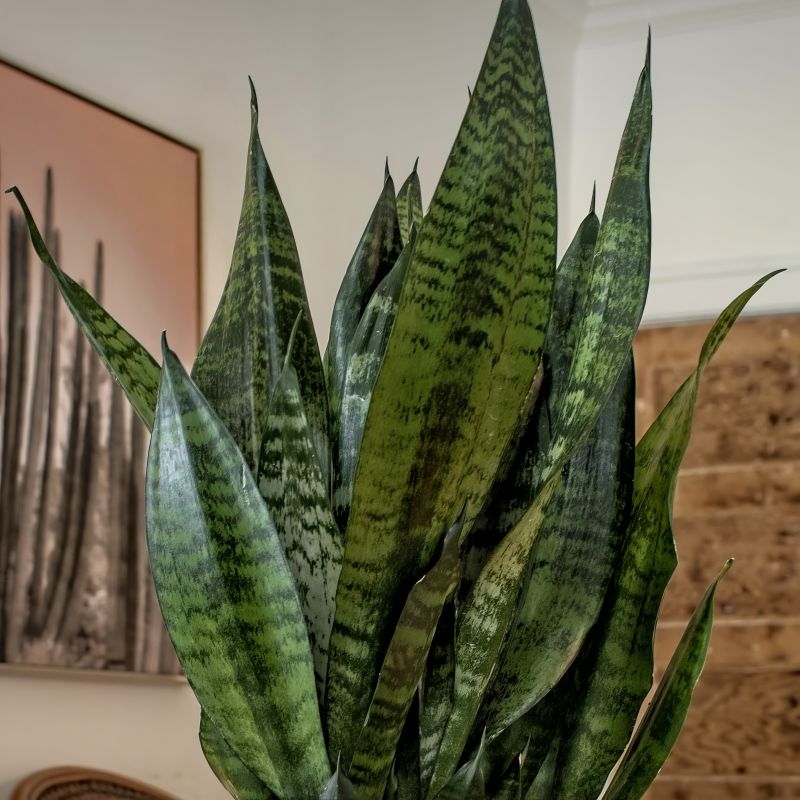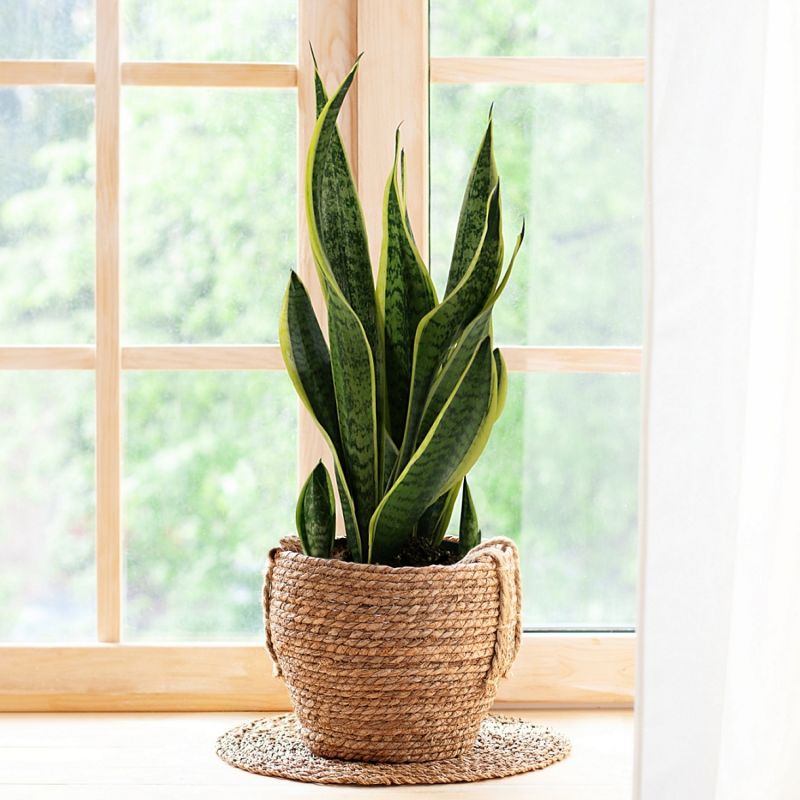

Amazing Daisies Daisy May Shasta Daisy
Leucanthemum x superbum 'Daisy Duke'
17 reviews


Amazing Daisies Daisy May Shasta Daisy
Leucanthemum x superbum 'Daisy Duke'
17 reviews
$86.00
$123.00
30% Off
- 2.5 Gallon
- 1 Gallon
We are sorry, product is currently out of stock due to seasonal availability. Please check the "Related plants available in your area" section below
Why Amazing Daisies Daisy May Shasta Daisy?
The Amazing Daisies Daisy May Shasta Daisy (Leucanthemum x superbum 'Daisy Duke') is an exceptional variety of Shasta Daisy. Its compact, mounded growth habit makes it perfect for containers and borders. With its white daisy-like flowers and yellow centers, it adds a pop of color to any garden. It is low-maintenance, drought-tolerant, and attracts butterflies, making it a versatile and beautiful addition to any landscape.
Related plants available in your area
Sunlight
Amazing Daisies Daisy May Shasta Daisies require full sun exposure.
Watering
The watering requirement for the Amazing Daisies Daisy May Shasta Daisy is moderate.
Fertilizing
The fertilizer requirement for Amazing Daisies Daisy May Shasta Daisy is a well-balanced all-purpose fertilizer, applied according to the instructions on the packaging.
Amazing Daisies Daisy May Shasta Daisy
Leucanthemum x superbum 'Daisy Duke'
The Amazing Daisies Daisy May Shasta Daisy, scientifically known as Leucanthemum x superbum 'Daisy Duke', is a beautiful perennial that will add charm and elegance to any garden or landscape. This variety is part of the popular 'Amazing Daisies' series, known for its exceptional performance and durability.
The Daisy May Shasta Daisy features large and striking daisy-like flowers with pure white petals and golden yellow centers, creating a lovely contrast that truly stands out in any garden setting. These flowers bloom profusely from late spring through summer, attracting bees, butterflies, and other pollinators to your garden, enhancing its ecological value.
This compact and bushy perennial grows in clumps, reaching a mature height of about 18-24 inches (45-60 cm) with a similar spread. Its attractive dark green foliage serves as a perfect backdrop for the abundant floral display. The plant is low-maintenance and easy to grow, making it an excellent choice for both beginner and experienced gardeners.
Daisy May Shasta Daisy thrives in full sun to partial shade, though it generally prefers more sun for optimum flower production. It adapts well to various soil types but requires well-draining soil to prevent waterlogging. This perennial is also known for its excellent heat and drought tolerance, making it suitable for a wide range of growing conditions.
With its compact size and outstanding flower power, the Daisy May Shasta Daisy is an ideal choice for borders, beds, containers, and cottage gardens. It also makes a wonderful cut flower, allowing you to enjoy its beauty indoors. This perennial is known for its long-lasting blooms and strong stems that hold up well in floral arrangements.
So, whether you're a seasoned gardener or a beginner, the Amazing Daisies Daisy May Shasta Daisy is sure to be a delightful addition to your garden. Its vibrant white blooms, easy-care nature, and versatility make it a true standout among other daisy varieties.
Plant Information:
| Botanical Name: | Leucanthemum x superbum 'Daisy Duke' |
| USDA Zones: | 5-9 |
| Water: | Regular |
| Exposure: | Full Sun |
| Soil Needs: | Well Drained |
| Mature Height: | 12 - 24 inches |
| Mature Spread: | 12 - 24 inches |

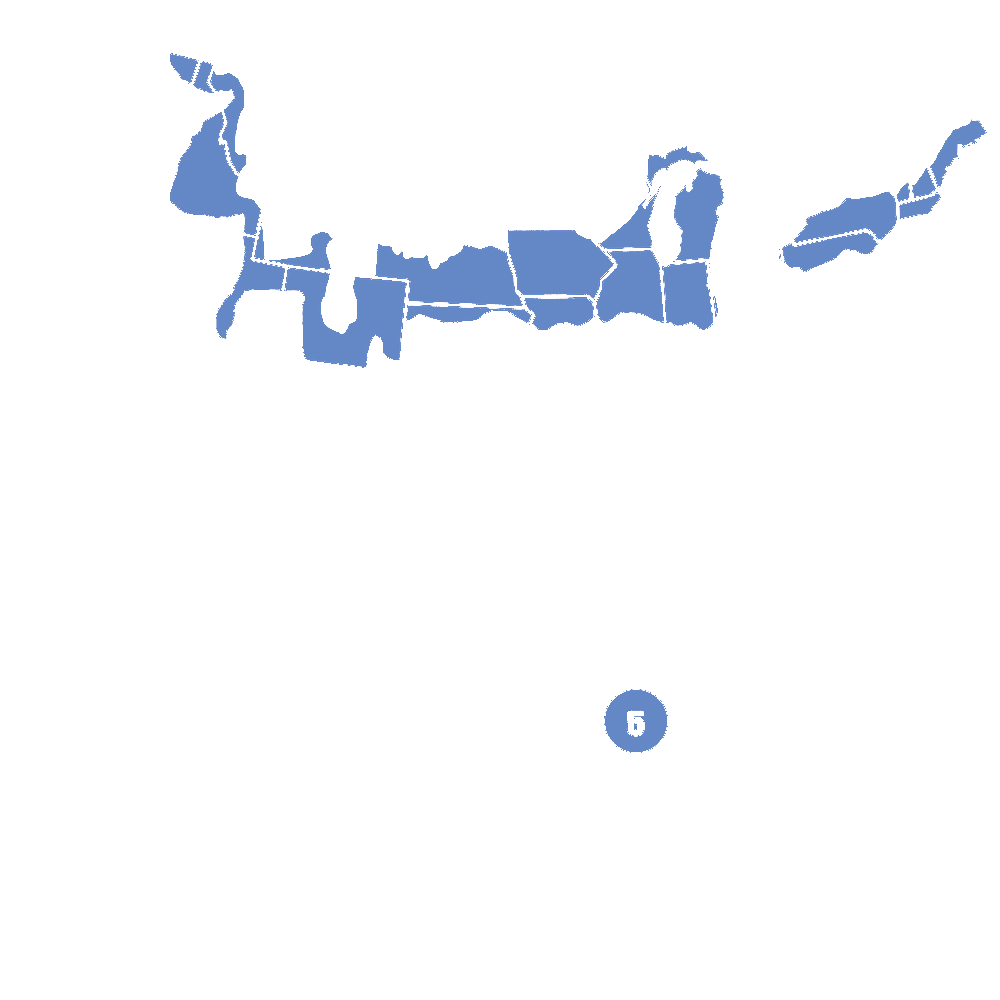
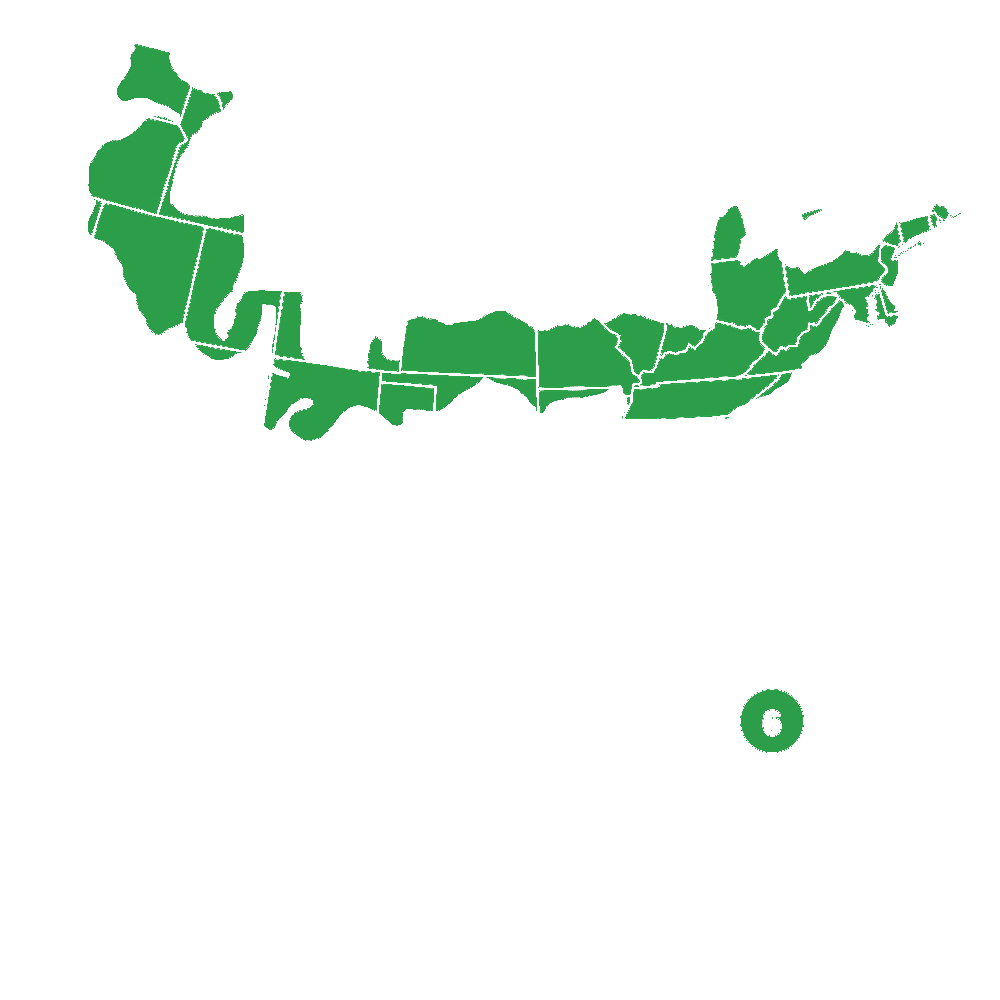
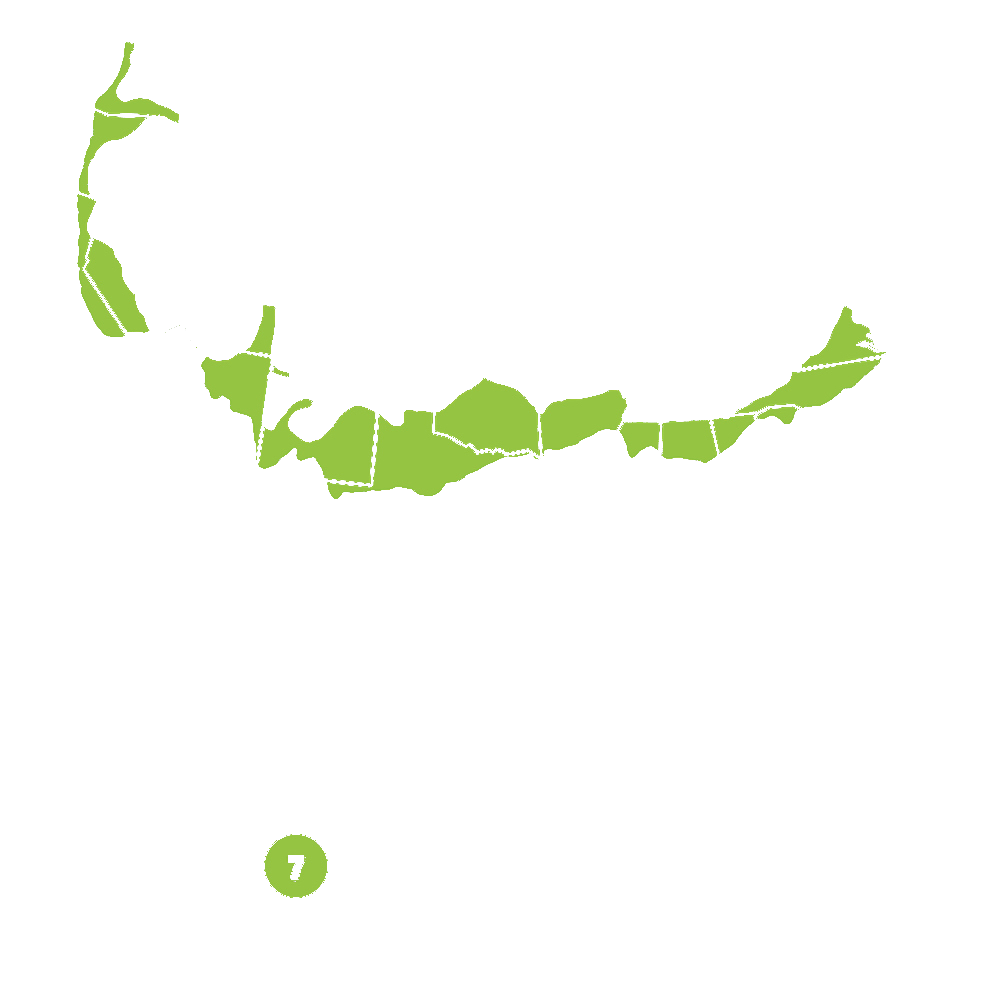
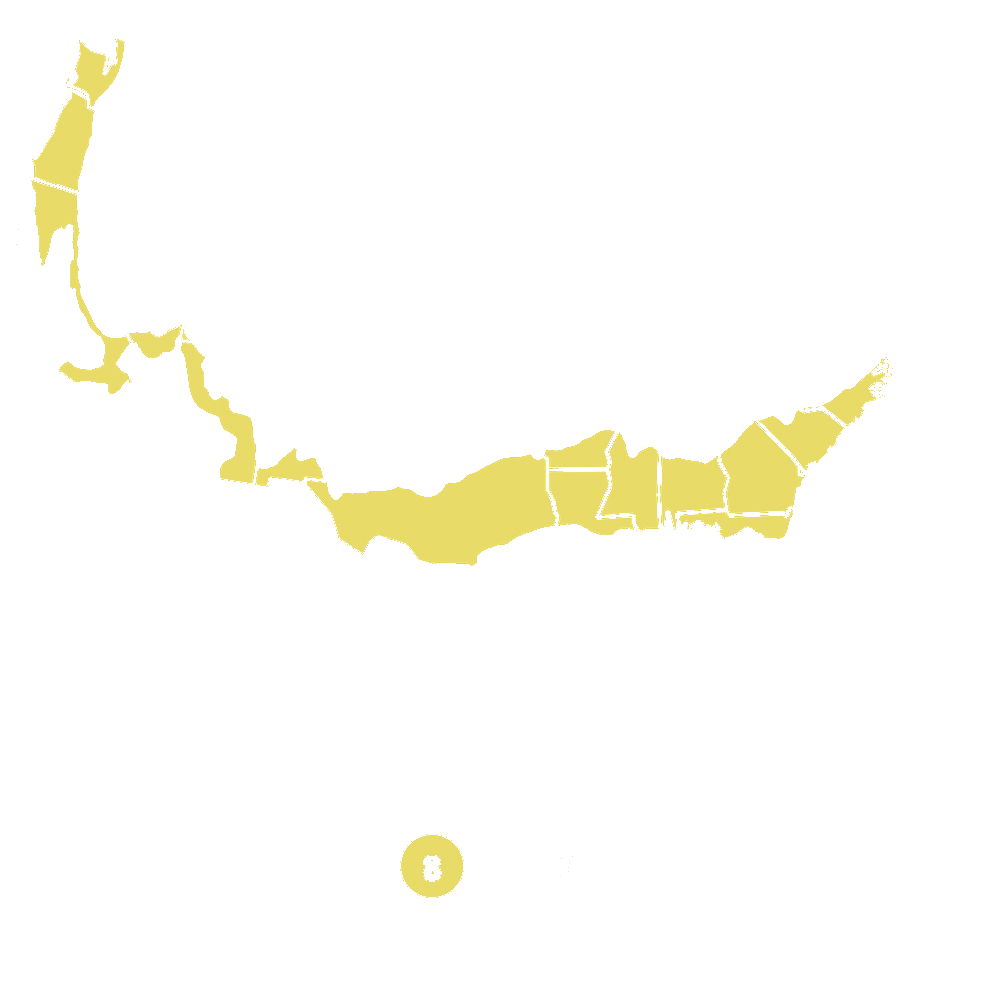
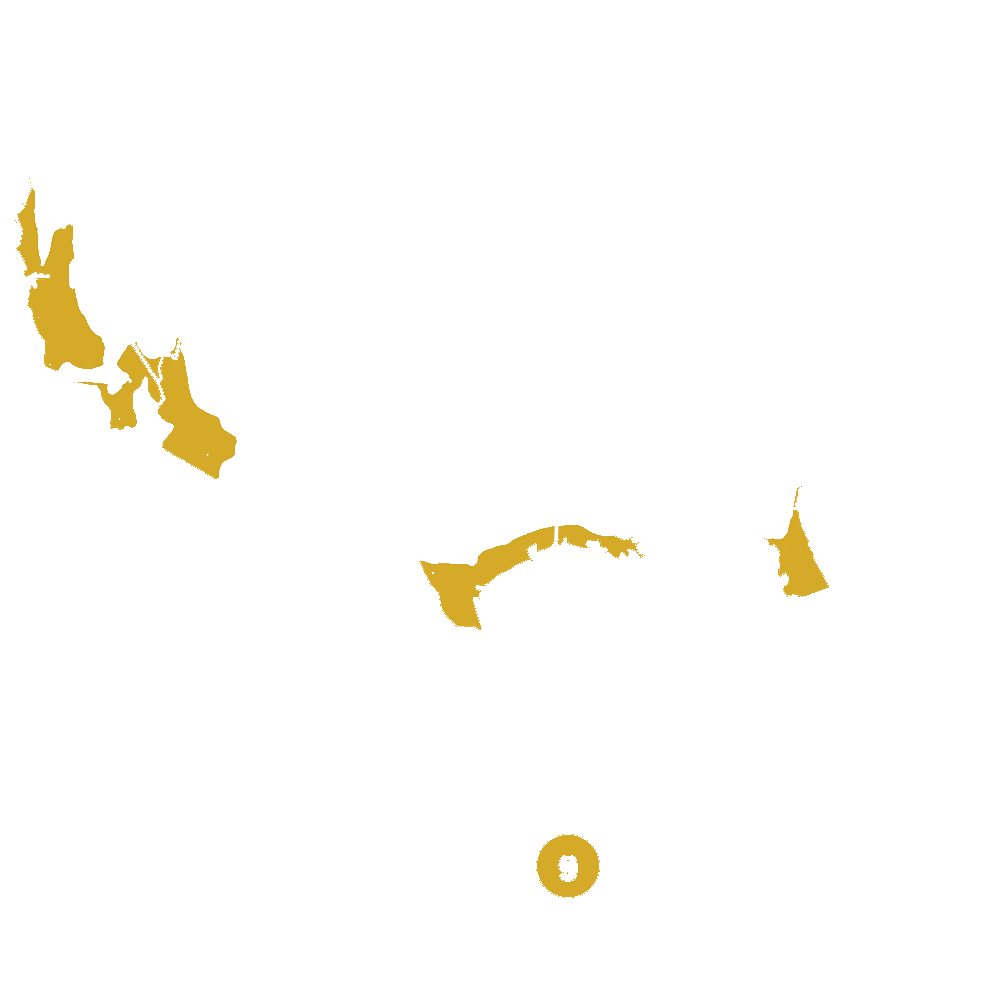
Pollination Info
Pollination Information: Amazing Daisies Daisy May Shasta Daisy (Leucanthemum x superbum 'Daisy Duke')
Plant Background
The Amazing Daisies Daisy May Shasta Daisy, scientifically known as Leucanthemum x superbum 'Daisy Duke', is a perennial flowering plant that belongs to the Asteraceae family. This variety of Shasta Daisy is known for its large, white daisy-like flowers with a yellow center. It is a popular choice for gardens and landscapes due to its vibrant and attractive blossoms.
Pollination
As a flowering plant, the Amazing Daisies Daisy May Shasta Daisy relies on pollination for reproduction. Pollination is a process by which pollen (containing male gametes) is transferred from the anthers (the male reproductive organ) to the stigma (the female reproductive organ) of the flower. This process enables the formation of seeds and eventual fruit production.
Pollinator Attraction
The Daisy May Shasta Daisy attracts various pollinators, including bees, butterflies, and other beneficial insects. These pollinators are attracted to the large, showy flowers which provide a food source in the form of nectar. The bright white petals with a contrasting yellow center act as visual cues for pollinators to locate the flower. The fragrance of the flowers may also play a role in attracting pollinators.
Pollen and Nectar
Bees, specifically honeybees and bumblebees, are particularly important pollinators for Shasta Daisies. They collect pollen from the flowers as a protein source for their larvae and as food for the hive. While collecting pollen, bees inadvertently transfer pollen grains from the anthers to the stigma, leading to successful pollination. In addition to pollen, these daisies also produce nectar, a sugary liquid that acts as a reward for pollinators. Butterflies and other insects may also visit the flowers to obtain nectar.
Cross-Pollination
Shasta Daisies are capable of both self-pollination and cross-pollination. Self-pollination occurs when pollen from the same flower or a different flower on the same plant reaches the stigma of the flower. Cross-pollination, on the other hand, involves the transfer of pollen from one plant to another, either of the same or different species. This may occur through the action of wind, animals, or insects.
Seed Production
Successful pollination of the Amazing Daisies Daisy May Shasta Daisy leads to seed production. Once the flower has been pollinated, the ovary at the base of the flower starts to develop into a fruit, containing the seeds. As the fruit matures, it dries out, causing the outer covering (husk) to crack and release the seeds. These seeds can then be dispersed by wind or animals, allowing for new plants to grow.
FAQ
Frequently Asked Questions about Amazing Daisies Daisy May Shasta Daisy (Leucanthemum x superbum 'Daisy Duke')
1. What is the scientific name of this plant?
The scientific name of this plant is Leucanthemum x superbum 'Daisy Duke'.
2. What is the common name of this plant?
The common name of this plant is Amazing Daisies Daisy May Shasta Daisy.
3. What are the characteristics of this plant?
This plant is a perennial with large, daisy-like flowers. It has a compact growth habit and typically reaches a height of 12-18 inches, with a spread of about 18-24 inches. The flowers have white petals and a yellow center, and they bloom profusely from late spring to early fall.
4. How should I care for this plant?
Here are some care tips for the Amazing Daisies Daisy May Shasta Daisy:
- Plant it in well-draining soil in a sunny location.
- Water it regularly, especially during dry spells, but avoid overwatering.
- Deadhead the spent flowers to encourage continuous blooming.
- Apply a balanced fertilizer in early spring to promote healthy growth.
- Divide the plant every 2-3 years to maintain its vigor.
- Protect it from strong winds, as the tall flower stems can be brittle.
5. Can I grow this plant in a container?
Yes, Amazing Daisies Daisy May Shasta Daisy can be grown in containers. Choose a pot with good drainage and use a quality potting mix. Make sure to water it regularly and provide enough sunlight.
6. Is this plant deer-resistant?
Yes, this plant is considered deer-resistant. However, in some cases, hungry deer may still nibble on it, especially during periods of food scarcity.
7. Does this plant attract bees and butterflies?
Yes, Amazing Daisies Daisy May Shasta Daisy is known to attract bees, butterflies, and other pollinators with its nectar-rich flowers.
8. Can I grow this plant in my area?
Amazing Daisies Daisy May Shasta Daisy is suitable for growing in USDA hardiness zones 4-9. However, it's always best to check with local gardening resources or a nursery for specific regional recommendations.
9. How do I propagate this plant?
This plant can be propagated through division or by taking stem cuttings. Dividing it every few years in early spring or fall is a common method. Stem cuttings can be taken in spring or early summer and should be placed in a well-draining rooting medium until they develop roots.
10. Are there any pests or diseases that affect this plant?
Amazing Daisies Daisy May Shasta Daisy is generally resistant to most pests and diseases. However, it may occasionally be susceptible to aphids, powdery mildew, or leaf spot. Proper care, including adequate air circulation and regular inspection, can help prevent or address these issues.
Planting & Care
Planting & Care for Amazing Daisies Daisy May Shasta Daisy
Scientific Name: Leucanthemum x superbum 'Daisy Duke'
Planting
- Choose a location with full sun to partial shade. These daisies thrive in well-drained soil.
- Prepare the planting area by removing any weeds and loosening the soil.
- Dig a hole that is wide and deep enough to accommodate the root ball of the plant.
- Place the plant in the hole, making sure the crown is level with the soil surface.
- Backfill the hole with soil, firming it gently around the roots.
- Water thoroughly after planting to settle the soil.
Care
- Water regularly, especially during dry spells. Keep the soil evenly moist but not waterlogged.
- Apply a layer of organic mulch around the plant to help retain moisture and suppress weeds.
- Pinch off spent flowers to encourage continuous blooming and to prevent seed formation.
- Divide the clumps every 2-3 years to maintain vigor and promote better flowering.
- Fertilize in early spring with a balanced slow-release fertilizer to provide necessary nutrients.
- Monitor the plant for any signs of pests or diseases. If necessary, treat with appropriate organic or chemical controls.
- Prune the plant in late fall or early spring to remove dead or damaged foliage.
- During winter, mulch around the base of the plant to protect it from extreme cold.
Follow these planting and care guidelines to ensure your Amazing Daisies Daisy May Shasta Daisy thrives and produces beautiful blooms.
Check Out These Verified Customer Reviews:
Customer Reviews
4.8 out of 5 based on 17 reviews
Thank you! Your review has been submitted.
The daisy plant is thriving in my garden and attracting so many butterflies. I highly recommend it.
Beautiful and vibrant flowers
The shipment was quick and the plant arrived in excellent condition. Very impressed with the packaging.
Item has been added to your cart.



